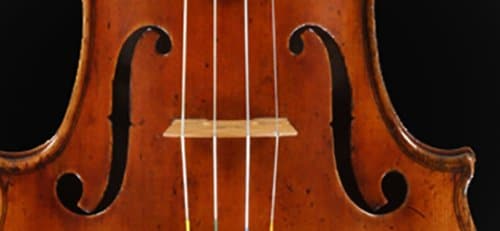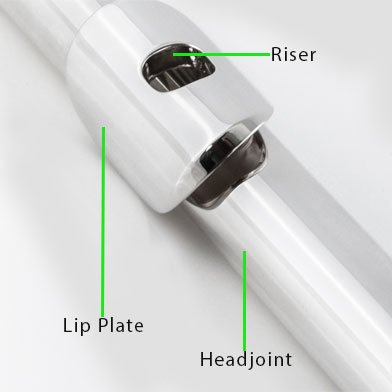How Do I Know When to Change the Strings on My Violin/Viola/Cello?

These instruments have four strings and all the strings are different thicknesses. The higher the pitch of the string the thinner the actual string is. These are understandably the more fragile strings and the most common to snap! It is important that the correct string is in the correct place. Many sets of strings will be colour coded subtlety and if you look carefully you will often see a different colour thread at the top/bottom of the string which indicates what it is. Different manufacturers use different “codes” so there isn’t a defined code of what is what string. Strings vary considerably depending on the quality of the actual string. There are different composites for strings and cheapest on the market will just not sound great from the off. Strings can run into hundreds of pounds for a set for professional players. Your student instrument ideally wants a good, decent set of student level strings from a branded supplier.
If a string snaps this will need replacing. There is no fixing option with strings unfortunately. If a string has snapped it is easy to remove. You will unravel one part from the peg at the top and remove the bottom half from the tailpiece. The string is no good for anything – unless you are particularly inventive! (There are various re-cycling schemes for old instrument schemes, or some schools take them for the art department.)
As far as replacing strings goes it is generally down to wear and tear generally as to how often strings needs replacing. A professional player will replace strings frequently as they are wearing the strings out as they play, and often they will play for several hours a day, every day of the week. A child beginner on the other hand will often play during their lesson once a week and then maybe ten minutes here and there if you are lucky enough that they practice between lessons. These strings will last a lot longer. If you are particularly sweaty your strings will wear quicker as the acid from the sweat will corrode the strings over time.
Tuning the violin wrongly, too aggressively or too much by a child can lead to the strings snapping. They will stretch but not in a huge way, and it is common for an inquisitive child to turn those pegs to “see what will happen” which often leads to a sudden snap and "whoops" as the string pings across the room.
Teachers will advise a beginner if strings need replacing and they often carry spare strings to replace any that are completely useless or on the verge of snapping.
To a novice you need to look for strings that are wearing thin – they will have signs of fraying and this is worth looking out for so that a string doesn’t suddenly snap on your child. It can snap with some ferocity and if you are very unlucky catch a hand/arm/face if in the wrong place at the wrong time.
Another aspect worth looking out for is the actual sound or tone of the instrument. If it is suddenly sounding a little dull the strings may well be past their best. Before exams is a good time to change strings if needed, but with enough time to “bed them in” so that the best sound can be obtained on the big day. Another clue to strings becoming less useful is whether the instrument stays in tune well or slips in pitch during playing. If the strings aren’t holding the tuning it could be that they need replacing. Obviously, check the fine tuners and pegs too to check that they are not slipping/faulty.
You should look after your strings. You will get used to how they sound and look, and it is good practice to wipe the excess rosin, sweat, grease, dirt from the strings after playing. Just a normal household duster will do the job very well.
When replacing strings, you don’t need to replace the whole set every time. Some strings will wear quicker than others, and if there is a snapped string you can just replace this one. It is a good idea to keep to the same brand so that they continue to be a set, but if it is a quick fix/emergency then it won’t matter at all if it is a different brand of string.






